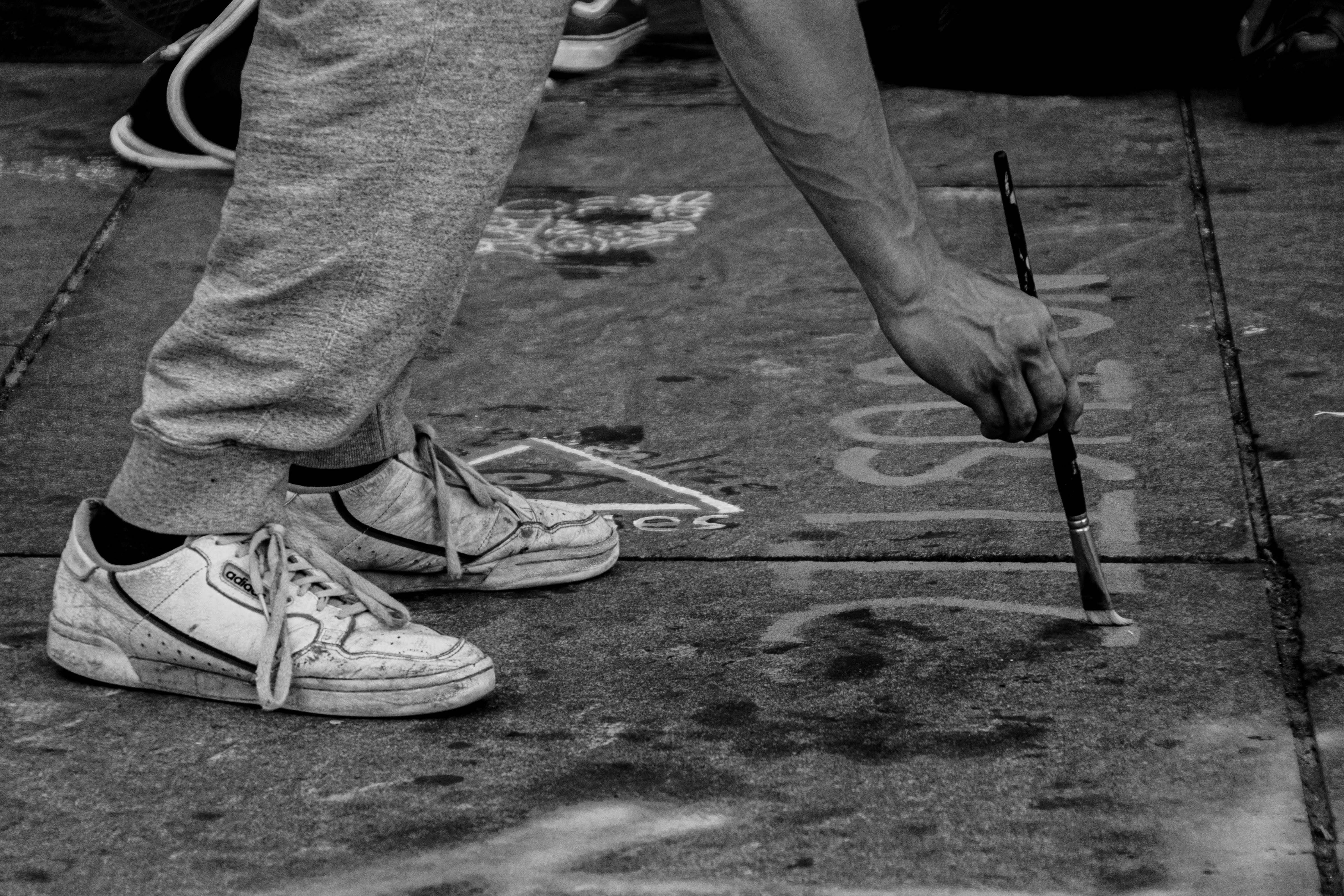
Prevents DHT from stifling your hair growth
admin
- 0
DHT has been the buzzword for quite some time in the hair industry, being blamed as one of the main causes of hair loss.
(Or I should say ‘short for Buzz’ actually, because it actually means “Dihydrotestosterone”, but it’s a great word to keep repeating, so I’ll stick with DHT.) DHT is produced when the hormone testosterone comes into contact with a particular enzyme that is present in everyone’s skin and scalp (women also produce testosterone in their bodies, but at much lower levels than men). It is a fact that some people, mostly men, are genetically predisposed to produce DHT to varying degrees during and after puberty.
DHT, if left untreated, literally suffocates the hair follicle, misleading the follicle into thinking it is receiving the necessary amount of nutrients to build healthy, thick hair. When in reality, it is slowly starving and with each subsequent growth phase the follicle gradually produces thinner and weaker hair. Furthermore, the resulting space in the follicle is occupied by hard fatty sebum, which in turn makes it more and more difficult to produce hair.
The follicle will then go into the “telogen” or resting phase and if left untreated for a long time, it will die and no amount of treatment will cause hair to grow back. So I believe that prevention is better than cure and at the EARLY SIGNS of hair loss, appropriate action should be taken immediately.
Keep in mind that even if you have suffered substantial hair loss due to DHT, it is still worth undergoing treatment as you may have a large number of follicles that are stuck in the resting phase.
It can also thicken and strengthen your remaining hair to allow for a successful hair transplant, if needed.
When hair loss is due to DHT it usually takes the form of what is known as ‘Male Pattern Baldness’, this is where the hairline recedes at the temples and then loss is noticed at the crown of the head. This is because these areas have a large number of sweat droplets that carry DHT. For many men, it stops there and they are left with varying degrees of receding at the temples and a bald spot on the crown of the head. However, in some, the hair loss continues and bare the entire top of the scalp, leaving only a horseshoe-shaped hairline around the sides and back of the head. In women affected by DHT hair loss, the thinning is more general, ‘everywhere’. It’s not as obvious to spot as with a man, because the hairline remains intact and there is an overall thinning that works. way from front to back or back to front.
However, there is reason for optimism, in the form of specialized deep-cleansing scalp shampoos and conditioners that will remove the sebum clogging the follicle and penetrate deep, stimulating it to come back to life and allowing it to feed on vital nutrients. necessary to produce thick, healthy and shiny hair.

